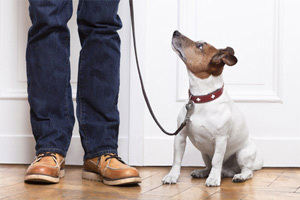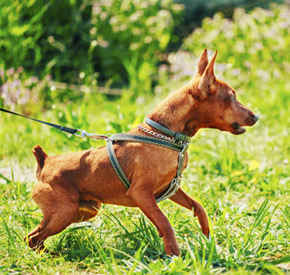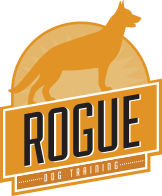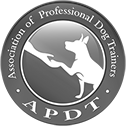![]() Group classes are currently unavailable. Please check back soon for future updates.
Group classes are currently unavailable. Please check back soon for future updates.
The "Therapy" of Reward Based Dog Training
Reward Based Dog Training Similar to Therapy?
Great dog trainers are using an abbreviated variation of cognitive, rational-emotive and cognitive behavioral therapies. Educated and certified dog trainers in one form or another are implementing proven techniques similar to that of therapists! Think of it this way, in the psychiatric profession, therapists and doctors use these types of therapy to help people overcome psychological dysfunctions from over generalization, selective perception, irrational fears and even chemical dependency to some capacity. Essentially modifying thought processes to reduce or even eliminate undesirable behaviors and feelings. Taking therapy a step further, a lot of times medications are prescribed to aid in the alteration of feelings and mental processes by blocking the reuptake of chemicals between neurotransmitters. Mammals alike have similar brain processes regarding chemical influence, or lack thereof, between neurotransmitters affecting the way the animals feel and behave. Research shows that dog's have basic emotions similar to that of a toddler. Emotional ranges are developed sooner in dogs compared to humans. These ranges are seen at 4-6 months in dogs and humans at 2-2½ years old. Emotions such as, joy, fear, anger, disgust, excitement, contentment, distress, and yes, love! One huge difference is that dogs do not feel guilt. They only show fear of punishment when cues are present that are associated with said punishment. People interpret these signals of fear as looks of guilt. The "love" or "feel good" hormone, oxytocin has been a chemical of great interest and the role it plays in a dog's brain. Studies in humans have shown that people who have had the "feel good" hormone, oxytocin sprayed up their noses were more trusting of strangers. Oxytocin is correlated with pro-social behavior from rats to elephants and are shown to help relieve anxiety with increased signs of calm behavior. With similar brain chemistries, I believe it's important to keep this in mind (pun intended) when treating problem behaviors in dogs.
Methodology
A variation of therapeutic methods are employed when counter-conditioning dogs who exhibit reactive, fear, and even aggressive behaviors. These dogs have made dysfunctional associations with certain things or stimuli. Reactive dogs may explode with barking and lunging with the association made that this behavior makes the other dog go away. Fearful dogs may slink and bark at strangers. Aggressive dogs may rip your hand to bits should you reach into their bowl of food. In a reactive dog's mind, barking and lunging creates distance from an approaching human or canine stranger. When employing Behavior Adjustment Training, commonly referred to as BAT, the goal is to modify that association. It addresses the dog's need to create space and respects that. We shape and reinforce appropriate behaviors while reducing the amount of distance needed to self soothe. It's not about forcing a dog to be comfortable with a perceived threat. One would hope a therapist in this day and age would not force a person into an elevator who is fearful of them. It should be more about modifying their response to stimuli. The dog can remain calm and offer a different behavior, thus reducing it's stress. A huge mistake uneducated trainers make is that they punish these types of behaviors with shocks, prongs or anything else painful. Now what happens are fears and anxieties are now physically painful. Hasn't the dog suffered enough? Another common mistake is using these painful devices to address aggression. The dog gives a warning signal that they may bite and the result is, punishment! The treatment of aggression wasn't addressed, only punishing warning signals. Chances are they will remain aggressive but won't offer signals they may bite because of a newly acquired fear of punishment. The result, more often than not, is silent biter. No warning, just biting.
Conclusion
Unfortunately, we can't simply ask dogs why they bark and lunge or how they feel. We have to rely on body language and behavior signals to infer what the dog may be feeling. In conclusion, there are parallels in the proper treatment of people's and dog's dysfunctional behaviors. Sound methods should be used to treat undesirable behaviors by looking at the whys and not just the symptoms.
I want to make it clear that I am not saying or implying that good dog trainers are therapists. My intention here is to loosely compare the similarities between behavioral therapy with people and proper reward based training with dogs.
Resources from These Fantastic Websites
http://www.minddisorders.com/knowledge/Cognitive_therapy.html
http://www.patriciamcconnell.com/theotherendoftheleash/oxytocin-increases-when-your-dog-looks-at-you
http://discovermagazine.com/2012/jul-aug/06-what-is-your-dog-thinking



